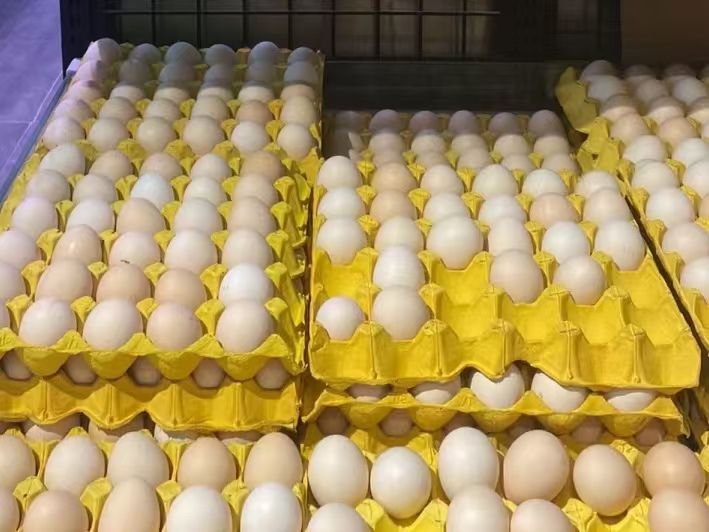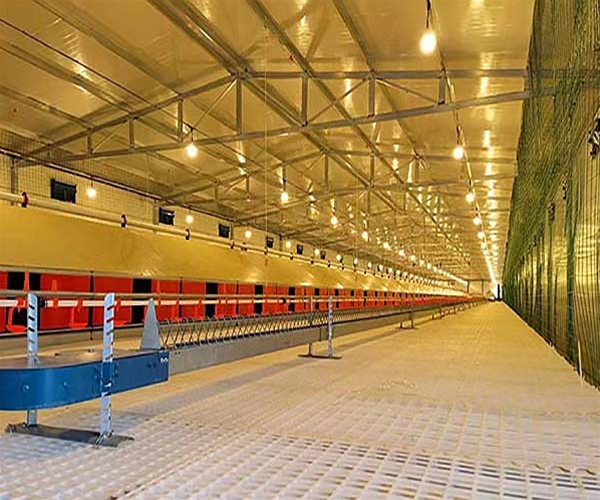“Which came first, the chicken or the egg?” This classic question has puzzled people for centuries. However, in the poultry industry, the answer lies in science, innovation, and precision. Whether you’re interested in egg production or chicken farming, the poultry industry has developed advanced techniques to ensure the highest quality standards at every stage. This guide will take you through the entire process of chicken and egg production, from the hatchery to the chicken house, showing how the industry maintains top-quality products.
The Role of Hatcheries in Producing Healthy Chicks
The journey of chicken meat and eggs starts in the hatchery, where fertilized eggs hatch into healthy chicks. Hatcheries serve as the heart of poultry farming. They play a key role in producing strong, disease-free chicks.
Poultry farms collect high-quality fertilized eggs from top breeding farms. These farms focus on optimizing the genetics of parent chickens to ensure healthy, productive offspring. Workers carefully inspect the eggs for cracks, dirt, or contamination. They place selected eggs in incubators that precisely control temperature and humidity, simulating natural incubation conditions.
After about 21 days, the eggs hatch into chicks. Farmers then transfer the chicks to broiler houses or layer farms, depending on their future purpose. Modern hatcheries use automated systems to manage the incubation process. These systems reduce human error and ensure consistent results, which is crucial for maintaining high production standards.
The Crucial Role of Fully Automated Equipment in Broiler Farming
Once the chicks hatch, farmers transfer them to broiler houses where they raise them until maturity for meat production. Recently, fully automated farming equipment has become essential in improving broiler farming efficiency and health management.
Modern broiler houses are equipped with fully automated feeding, drinking, climate control, and waste management systems. These systems efficiently manage farming processes with minimal human intervention. The automated feeding system provides accurate amounts of food based on the chicks’ consumption, preventing overfeeding or underfeeding. The automated drinking system ensures the chickens always have access to clean water. Climate control systems monitor temperature, humidity, and air quality to create the ideal environment for healthy growth.
The introduction of automation not only improves farming efficiency but also reduces labor costs and minimizes errors. Automated systems also help reduce stress on the chickens, promoting better health.
Egg Production: Ensuring Consistency and Quality
In addition to raising broilers, many poultry farms focus on egg production. High-quality egg production relies on providing layer hens with an optimal environment for consistent egg-laying.
Farmers house layer hens in egg-laying barns, which are designed to encourage stable egg production. These barns are equipped with automated feeding systems and light control systems to regulate the hens’ laying cycles. By controlling daylight hours, farmers increase egg production and ensure a steady supply of eggs.
Egg quality largely depends on the hens’ health and diet. A balanced diet rich in grains, vitamins, and minerals is essential for producing eggs with strong shells and firm yolks. Clean water is also critical for egg production. Farmers closely monitor the hens’ health to ensure they remain disease-free and productive.
In modern egg farms, workers collect eggs using automated conveyor systems. This reduces the risk of eggs breaking or becoming contaminated. After collection, workers carefully inspect the eggs to remove any cracked or misshapen ones. Some farms also wash the eggs to remove dirt and bacteria, ensuring they meet strict food safety standards.
Ensuring Quality Control at Every Stage
In poultry production, quality control is one of the most critical factors. From hatcheries to broiler houses to egg production facilities, poultry farms follow strict procedures to ensure hygiene, safety, and product quality.
Farmers perform health and safety checks at every stage of production. These include checking the cleanliness of facilities, monitoring feed and water quality, and ensuring that the chickens are healthy and disease-free. Many poultry farms also implement strict biosecurity measures to prevent the spread of diseases. These measures include limiting farm access, disinfecting equipment, and requiring workers to wear protective clothing.
For egg production, quality control also involves checking the freshness of the eggs. Fresh eggs are not only essential for consumer satisfaction but also help maintain nutritional value and taste. Farms use grading machines to sort eggs by size, color, and shell quality, ensuring that only the best eggs reach the market.
Similarly, broiler processing plants follow strict hygiene protocols. Workers process the chicken meat in controlled environments that meet food safety regulations. Regular checks and tests ensure the chicken meat is safe for consumers.
Sustainability and Innovation in Poultry Farming
The poultry industry increasingly focuses on sustainability. As consumer demand for poultry products grows, the industry must adopt practices that reduce environmental impact while maintaining high productivity.
Modern poultry farms use sustainable technologies to reduce waste, conserve water, and lower energy consumption. For example, many farms use solar power for lighting and ventilation, and implement advanced waste management systems to recycle chicken manure as fertilizer. By adopting these sustainable practices, the poultry industry can meet global demand while minimizing its environmental footprint.
Conclusion: The Future of Poultry Farming
From hatcheries to broiler houses, the poultry industry has made significant strides in ensuring high-quality chicken and egg production. By adopting innovation, automation, and strict quality control, the industry has improved productivity, reduced costs, and enhanced animal welfare.
As global demand for poultry products continues to rise, the industry will need to evolve further. High-quality chicken and eggs will remain in high demand, and the poultry industry will meet this challenge through sustainable and efficient practices.
Whether you’re enjoying a delicious chicken meal or cracking open a fresh egg for breakfast, you can rest assured that modern poultry farming technology ensures the highest quality products—from chicken to egg.


